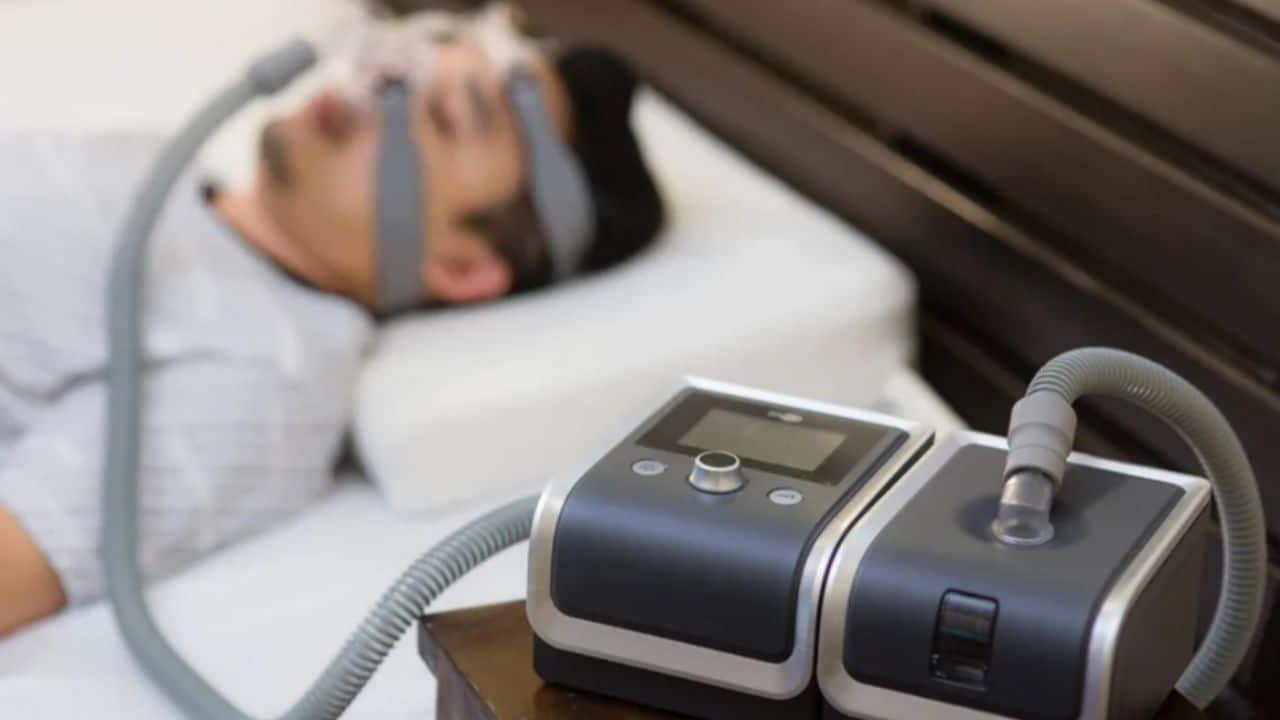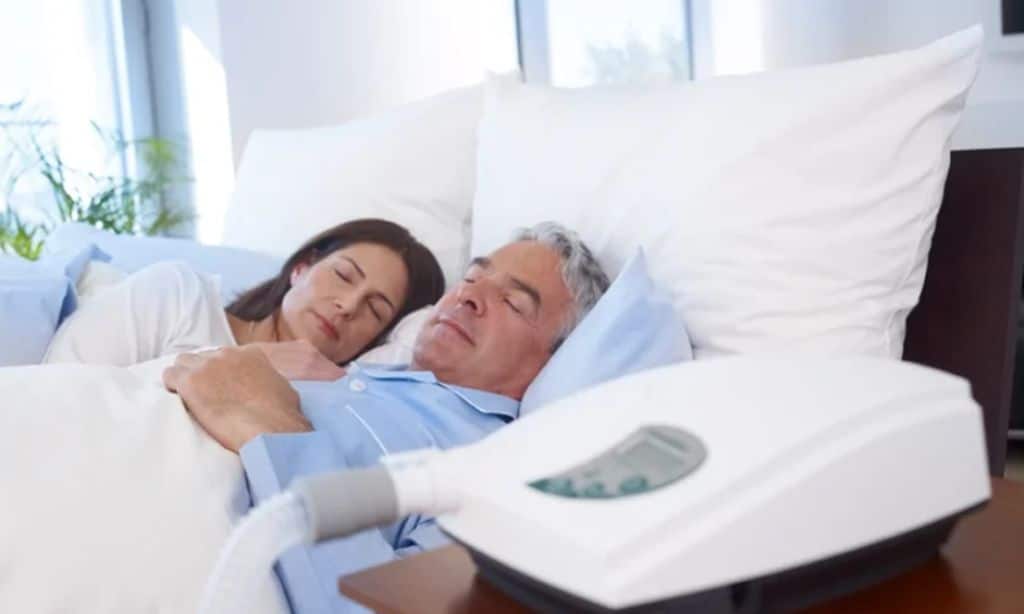CPAP (Continuous Positive Airway Pressure) therapy is the gold standard for the treatment of obstructive sleep apnea (OSA). It involves the use of a special apparatus that provides continuous positive pressure in the airways, preventing their obstruction during sleep. Despite a large number of studies confirming its effectiveness, some patients have difficulty using this treatment.
Positive qualities of CPAP therapy.
CPAP therapy has been successfully used for many years to treat sleep apnea, and numerous studies have confirmed its positive impact on patients' health. Here are some of the main aspects that demonstrate its effectiveness:
Reducing the frequency of apnea and hypopnea. The main criterion for successful treatment of OSA is a decrease in the apnea-hypopnea index (AHI). Studies show that using a CPAP machine can significantly reduce the number of apnea and hypopnea episodes during the night. On average, AHI decreases from more than 30 episodes per hour (which is a severe form of apnea) to less than 5, which is normal.
Improved sleep quality. Patients who regularly use a CPAP machine report an improvement in sleep quality. Reduced episodes of obstruction avoid constant awakenings and provide deeper and longer sleep. As a result, patients feel more rested and energetic in the morning.
Reduction of daytime symptoms. Regardless of the severity of OSA, many patients suffer from daytime symptoms such as drowsiness, fatigue, irritability, and decreased concentration. Respiratory therapy can significantly reduce these symptoms, increasing productivity and quality of life.
Improved cardiovascular health. Sleep apnea is often associated with an increased risk of cardiovascular disease, such as hypertension, stroke, myocardial infarction, and arrhythmia. Studies show that CPAP therapy can lower blood pressure, improve heart function, and reduce the risk of developing these diseases.
Reducing the risk of developing metabolic disorders. OSA can cause metabolic disorders, including insulin resistance and an increased risk of developing type 2 diabetes. Respiratory therapy helps to normalize metabolic processes, reducing the likelihood of developing these disorders.
Problems with CPAP therapy.
Despite its proven effectiveness, not all patients can successfully adapt to the use of a CPAP device. The main problems faced by users include:
- Rejection of the mask. One of the most common problems is discomfort when using the mask. Patients often complain of skin irritation, a feeling of a closed space, and the inability to find a suitable model. It is important to choose the right type of mask (nasal, full-face, cannula), taking into account the individual characteristics of the patient.
- Dry nose and throat. Constant airflow can cause dryness in the nose and throat, especially in patients who breathe through the mouth. This problem can be solved by using built-in or external humidifiers that add moisture to the airflow.
- Air leakage. Poor mask fit can lead to air leakage, which reduces the effectiveness of therapy and causes discomfort. To avoid this problem, it is necessary to properly adjust the mask and choose the appropriate size.
- Noise from the device. Some patients have difficulty adapting to the noise produced by the device. Although modern models have become much quieter, this remains a problem for some users. The use of low-noise devices (up to 30 dB) or the use of soundproofing materials can reduce this discomfort.
- Inconsistency of therapy. Sometimes patients do not experience symptom improvement even when using CPAP therapy. This may be due to improperly adjusted pressure, an inappropriate mask, or other medical problems. In such cases, a doctor's consultation is necessary to correct the treatment.
How to overcome difficulties with CPAP therapy?
Individual selection of a mask. To avoid problems with mask discomfort, it is important to choose the right model. Consulting a specialist and testing different types of masks will help you find the best option.
Use a moisturizer. If you experience dryness in your nose or throat, choose a CPAP machine model with a built-in humidifier or purchase an additional external humidifier. This will help to avoid drying of the mucous membranes and increase comfort of use.
Regular adaptation. At the beginning of therapy, it is important to gradually get used to the device. Start with short sessions during the day, gradually increasing the time of use. This will help to reduce discomfort and adapt to the device faster.
Check the settings. Make sure that the pressure and settings of the device meet your needs. If you have trouble sleeping or if the device seems uncomfortable, contact your doctor to recalibrate the device.
Use of additional accessories. Special pillows for CPAP users, mask straps, and air purification filters can make therapy more comfortable and effective.
CPAP therapy is one of the most effective methods of treating obstructive sleep apnea, significantly improving patients' quality of life and reducing the risk of developing cardiovascular and metabolic diseases. However, for successful use, it is necessary to overcome some challenges related to discomfort when using the device, choosing a mask, and setting parameters. The right approach to equipment selection, regular consultation with a doctor, and patience will help make respiratory therapy as effective and comfortable as possible. You can order a CPAP device on our website: https://medsupplycart.com/collections/auto-cpap-machines





































